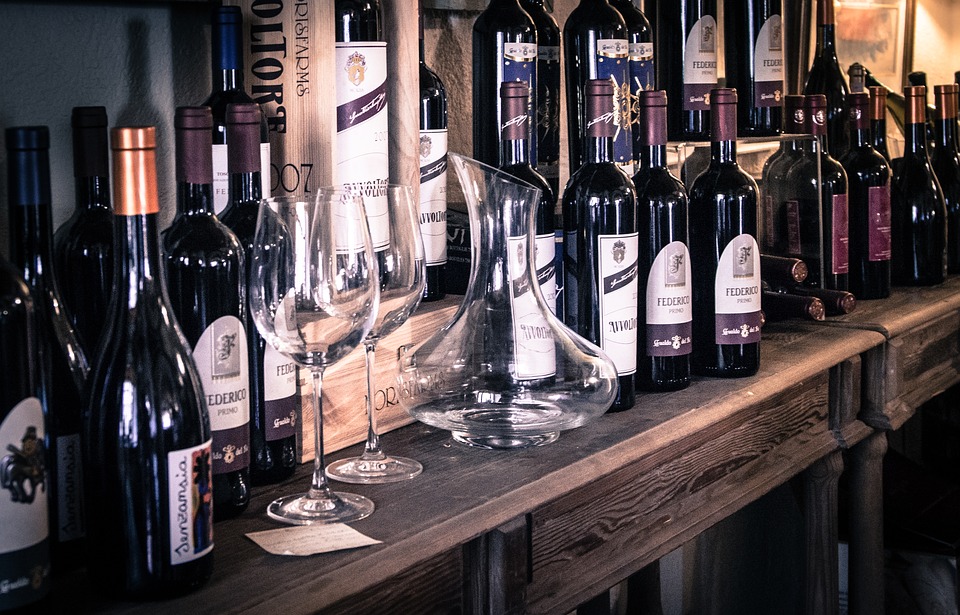
Wine bars have evolved from dark, pretentious places to sip and swirl into destinations that have a more social vibe. Whether guests want to stick with the tried and true Chardonnay or expand their horizons, there are now more esoteric picks. Even better, today’s wine bars are providing customers with the delicious food pairings they want and providing more opportunities for their owners.
The History of Wine Bars in the U.S.
Wineries became established in this country only in the past 100 years, but with over 8,000 total wineries in the U.S. today, it makes sense that wine has become social. Wine bars began appearing in the U.S. in large cities in the 1980s and ’90s, with a glamorous and upscale feel.
People would go to a wine bar before or after an event to enjoy a glass of wine and then move on. These bars were rarely destinations, but this has changed.
Going Beyond Cheese and Charcuterie
In the wine bars of decades or just a few years past, it might be common to order some cheese or a charcuterie board to complement your wine. But customers wanted more.
The most pervasive trend among today’s wine bars is upping the food ante by offering small plates and a pared down prix fixe menu that includes wine pairings. In many cases, a wine bar is affiliated with a highly-regarded restaurant, giving diners another option that places more emphasis on wine but still offers high-quality food.
One example, is Verjus, a San Francisco wine bar that was opened by the owners of the popular restaurant Cotogna and the three-Michelin-star rated Quince. Another is Bar Ramone in Chicago that offers a rotating list of 20 wines by the glass, 100 wines by the bottle, as well as Spanish tapas.
Or consider the Z & Y Bistro wine bar, a contemporary spinoff of its sister location, Z & Y Restaurant in San Francisco. Located in Chinatown, it offers a modern wine bar experience while also serving full portions of authentic Sichuan and other regional cuisine.
Early Indicators of Growing Trends
Restaurateurs that branch out into owning an affiliated wine bar are finding that it allows them to test the market for their larger restaurants. In other words, people that come into the wine bar frequently can give the owners early signals about growing trends. These locations can be a testing ground for both new wine and new menu items.
Wine bars also allow the owners to cater to an audience that they may not reach with their full-service restaurants. Not every customer wants to sit down for a two or three-hour dinner, but many are more likely to go to a casual spot for a glass of wine and small bites several nights a week.
Exploring Other Opportunities
Wine bar owners have also experimented with some other business models and taken advantage of opportunities to increase profits. For example, the owners of Verjus have included a retail component to their wine bar, where customers can purchase bottles to go or buy a bottle to be consumed on site.
Restaurant owners who have added wine bars to their portfolio are also finding that these establishments offer opportunities for greater profit margins. A combination of lower labor costs and a higher percentage of alcohol sales can be incredibly profitable. Any wine bar should be sufficiently staffed, but smaller menus and collaborative teams mean you’ll need fewer people on hand than with a high-end restaurant.
As consumers demand a broader experience, a new crop of wine bars is breaking the mold to deliver this. Fortunately, the owners and operators of these establishments are also realizing a greater degree of success now that business is booming.
To read more on topics like this, check out the lifestyle category.
Leave a Reply